Bhutan Travel Guide
Here is some information to help you when traveling to Bhutan. This practical advice is not a comprehensive list, but should provide some useful information for you when plan your trip to Bhutan. If you have any questions, please don’t hesitate to contact us.
Medical & Travel Insurance
We recommend all visitors to Bhutan to have a medical as well as travel insurance.
Money and Banking
Bhutan’s currency is the Ngultrum (Nu.) It is at par with the Indian rupee, which is also accepted as legal tender in the country. Indian Rupee denominations of 500 and 1000 are however not accepted in Bhutan.
ATMs are located throughout all main towns in Bhutan. Money can be withdrawn using a Visa or MasterCard. Payment by credit card is only possible in very few hotels and shops. Cash can be changed easily in any of the banks.
Traveller’s cheques can be easily withdrawn and exchanged for local currency.
Electricity
All major towns are well connected with electricity that runs on 220/240 volt. Hotels offer multi plug sockets. Bhutan is a carbon neutral destination. The energy is clean and green, generated by hydropower.
Weather and climate in Bhutan
Weather in Bhutan depends upon the altitude. In the northern parts of the country where mountains rise up to 7,000m, weather conditions are similar to arctic. Southwards, closer to India, the weather is hot and humid in the summer and cool in winter. The monsoon rains are usually heavy. Winters can be a good time to visit the lower parts, but then the highest areas are freezing. The best times to visit Bhutan are spring (March-May) and autumn (late September – November) when the weather is warm, dry and sunny but always throw in a couple of warm clothes into your travelling gear when you travel to Bhutan regardless of the season
Bhutan has four seasons:
- Spring(March, April and May),
- Summer(June, July and August),
- Autumn(September, October and November) and
- Winter(December, January and February).
Depending on the altitude, the climate varies from semi-tropical to alpine (For every 1,000 m height increase the temperature drops about 7 degree Celsius).
In Southern Bhutan, the climate is tropical in the monsoon season and may range from 15 degree Celsius in winter to 30 degree Celsius in summer.
The east is also warmer than the west.
The centre enjoys sub-tropical climate with very cool winters while the northern parts of the country have harsh climate including snowfall two to three times every winter.
In Thimphu the temperature ranges from -2.5°C in January to 25°C in summer with a rainfall of 100mm. In the high mountain regions the average temperature varies from 0°C in winter to10°C in summer, with an average of 350mm of rain.
Some suggested items to pack:
- A pair of sunglasses
- Sunscreen lotion
- Hat
- Umbrella
- Camera
- Spare camera batteries
- Altitude sickness medication (Diamox) for trekking above 3000 m
- Travel sickness tablets
- Antiseptic cream
- Anti-histamine cream
- Anti-diarrhoea pills
- Flash light (with spare batteries)
- Insect repellent
- Any medication you require regularly as not all medications are available everywhere in Bhutan.
Photography
Bhutan offers immense opportunities for photography. However you should check with your guide before taking pictures or filming inside Dzongs, temples, monasteries and religious institutions as in some areas photograph/filming is not permitted. Feel free to capture images of the landscape, the panoramic views of the mountain ranges, rural life, flora and fauna, distinctive Bhutanese architecture and the exterior of Dzongs and Chortens.
Shopping
Some popular handicraft items available for purchase are hand-woven textiles of silk and wool, carved masks, woven baskets of cane and bamboo, wooden bowls known as Dapas, handmade paper products or finely crafted goods of silver. Other items are the exquisite Buddhist Thangkha paintings or Bhutan’s wide array of colourful and creative postage stamps. You can come across these items in the many handicraft shops in and around Thimphu and in other major towns. Please remember that buying and selling of antiques is strictly forbidden in Bhutan.
Gratitude
Tipping is a purely personal matter. We leave it up to you as to whether you want to give a gratuity to your guides and drivers. However, if doing so, we recommend that you place the gratuity in an envelope.
